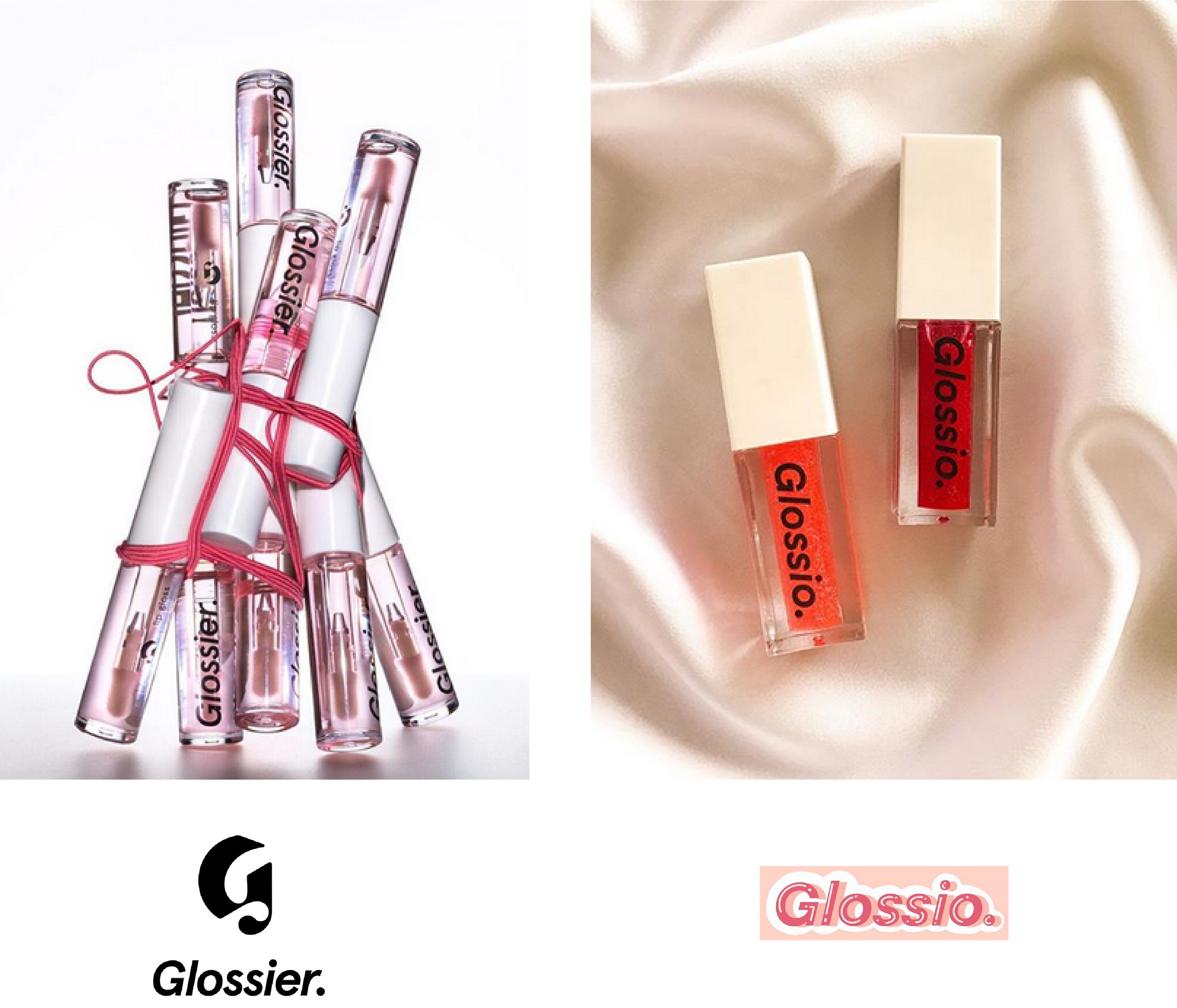The power of brand name - Part 1
Read in Indonesian
Image: View of the Ginza branch of Barneys New York by Ned Snowman/Shutterstock
When New York iconic department store Barneys New York filed for bankruptcy in 2019, the company was sold for $271.4 million to Authentic Brand Groups (ABG) and B. Riley Financial Inc. Here’s the twist. The deal isn’t going to retain Barneys’ operation.
ABG stated that the company would sell remaining Barneys’ inventories and close its stores. They are going to monetise Barneys’ intellectual property instead. ABG has tapped Barneys’ rival Saks Fifth Avenue to use Barneys brand name inside Saks’ stores in North America.
A brand name is more valuable than you’d think, especially amidst pandemic when retail footprint drastically plunges. In Barneys’ case, the value lies in the legacy and relationship with shoppers.
Then there’s WeWork founder Adam Neumann who sold ‘We’ trademark to his board of directors for $5.9 million. Regardless of the controversies, WeWork successfully positions its brand with typical start-up jargons like empowerment and community. The word ‘We’ is synonymous with community.
Brand name protection falls under trademark law. In Indonesia, it is regulated in Law Number 20 Year 2016 on Trademark and Geography Indication. Name, symbol, colour, graphic elements and fonts can be registered.
Louboutin’s red sole, as well as Tiffany & Co’s robin blue egg are protected by law. Brands are willing to take extra measure to protect its trademark. Louboutin filed lawsuit against YSL in 2011 for selling red monochromatic heels. In 2012, Louboutin filed another lawsuit against Dutch company Van Haren for using red sole.
Six years later in 2018, Louboutin won the EU court battle against Van Haren. Claiming a colour only works when consumers automatically associate the use of colour to a specific brand. In other words, the brand has to earn iconic status in order to claim exclusive use of a colour.
Intellectual property is an uncharted territory for many Indonesian brands. Many brands file for trademark application only when the brands have taken off. The issue with that is the possibility of using an already registered name.
The possibility of coming up with a brand name that has already been used is huge because there is limitation on the number of common words, syllables and word combination. Hence, companies started to use alternative spelling of common words like Lyft, Flickr, Tumblr.
Misspelling common word is also a tactic to trademark an otherwise common word. It makes it easier for companies to acquire website domain. Article 20 of Law Number 20 Year 2016 on Trademark and Geography Indication stated that trademark cannot be registered if the name is a common word and/or common symbol.
Pasal 20
Merek tidak dapat didaftar jika:
a. bertentangan dengan ideologi negara, peraturan perundang-undangan, moralitas, agama, kesusilaan, atau ketertiban umum;
b. sarna dengan, berkaitan dengan, atau hanya menyebut barang danjatau jasa yang dimohonkan pendaftarannya;
c. memuat unsur yang dapat menyesatkan masyarakat tentang asal, kualitas, jenis, ukuran, macam, tujuan penggunaan barang danjatau jasa yang dimohonkan pendaftarannya atau merupakan nama varietas tanaman yang dilindungi untuk barang danjatau jasa yang sejenis;
d. memuat keterangan yang tidak sesuai dengan kualitas, manfaat, atau khasiat dari barang dan atau jasa yang diproduksi tidak merniliki daya pembeda; dan / atau
e. tidak merniliki daya pembeda; dan / atau
f. merupakan nama umum dan./atau lambang milik umum
For instance, a beauty brand cannot simply name its brand ‘beauty’ or ‘skincare’ and register for a trademark since those words are generic noun within beauty industry. To counter this issue, brands usually come up a combination of two to three words, e.g. The Body Shop.
Brands have to be careful with pronunciation and spelling as well. Changing a letter of an existing brand is not distinctive enough. Changing Glossier to Glossio, for instance, will not protect Glossio from possible legal issue in the future should Glossier decide to enter the Indonesian market.
Moreover, Glossier is widely recognised and its branding is regarded as the frontrunner of the millennial pink trend. The brand is also registered on World Intellectual Property Organisation (WIPO) database.
Marlan, women’s ready-to-wear brand, came across another fashion brand with one different letter to Marlan’s spelling. The graphic designer of the brand mistakenly tagged Marlan on social media. If the in-house team could make such mistake, imagine the confusion among customers.
In 2011, Nutella holding company Ferrero SpA filed lawsuits against Singapore-based Sarika Connoiseur Cafe for infringing its Nutella trademark. TCC, a coffee shop chain owned by Sarika Connoiseur Cafe, sold a beverage containing Nutella in the ingredient and named it Nutello.
Although TCC argued that it tweaked Nutella’s name and the beverage had Nutella in the ingredient, both names are invented words and “the mere alteration of the last letter would not lend support to a finding of dissimilarity.”
The purpose of trademark is to distinguish a brand from competitors and other brands that are selling the same goods. It is better for brands to avoid names that could raise confusion among customers even though the goods or services are registered on other class - to be discussed on second part.




